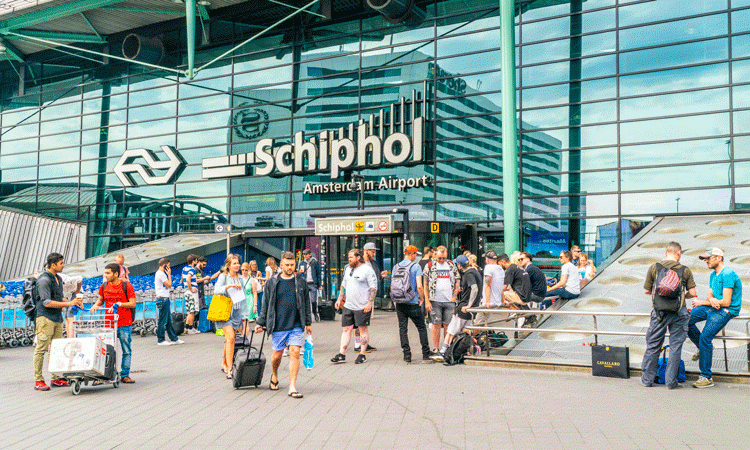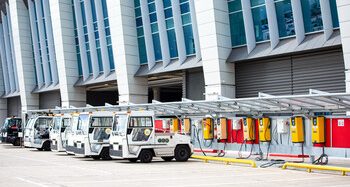Schiphol Airport launches its own network for IoT applications
- Like
- Digg
- Del
- Tumblr
- VKontakte
- Buffer
- Love This
- Odnoklassniki
- Meneame
- Blogger
- Amazon
- Yahoo Mail
- Gmail
- AOL
- Newsvine
- HackerNews
- Evernote
- MySpace
- Mail.ru
- Viadeo
- Line
- Comments
- Yummly
- SMS
- Viber
- Telegram
- Subscribe
- Skype
- Facebook Messenger
- Kakao
- LiveJournal
- Yammer
- Edgar
- Fintel
- Mix
- Instapaper
- Copy Link
Posted: 21 October 2019 | International Airport Review | No comments yet
The first IoT application at Schiphol involves the option for passengers to share real-time feedback regarding their experiences in the toilet facilities.


Schiphol has completed a roll-out of its own network for Internet of Things (IoT) applications at the airport.
The network covers all public areas such as the arrival and departure halls, lounges, piers and Schiphol Plaza, and in non-public areas such as the baggage basements and aprons. Thanks to its greater range and reduced power consumption in comparison to Wi-Fi, the network is ideally suited to connecting with smart sensors and sending data over long distances.
The sensors connect facilities and infrastructure at Schiphol to the internet, while the information from these sensors provides the airport with real-time insights.
“The in-house network for IoT underscores our ambition to remain a front runner when it comes to digitalisation at airports and making the applications at Schiphol smart, so that we can improve our processes for passengers and partners. IoT applications are already in use and we will be able to implement new cases quickly in future. Through the use of digital sensors, we intend to improve our services and make the airport more attractive,” said Sjoerd Blüm, Chief Information Officer at Schiphol.
The first IoT application at Schiphol involves the option for passengers to share real-time feedback regarding their experiences in the toilet facilities. These real-time evaluations are then applied to conduct a detailed analysis of how the toilets are being used and assessed. Over 550,000 responses were received during September 2019.
The in-house network makes the implementation of new applications quick and straightforward. Schiphol plans to test applications involving sensors at aircraft stands, so that real-time information about the equipment can be provided on-site at the aircraft stand. This could make it possible to check whether the necessary equipment is present before the aircraft and the handling personnel arrive at the gate. At the same time, this information is expected to help resolve disruptions quickly and prevent delays.
Related topics
Big data, Information technology (IT), Passenger experience and seamless travel, Terminal operations, Wi-Fi


















